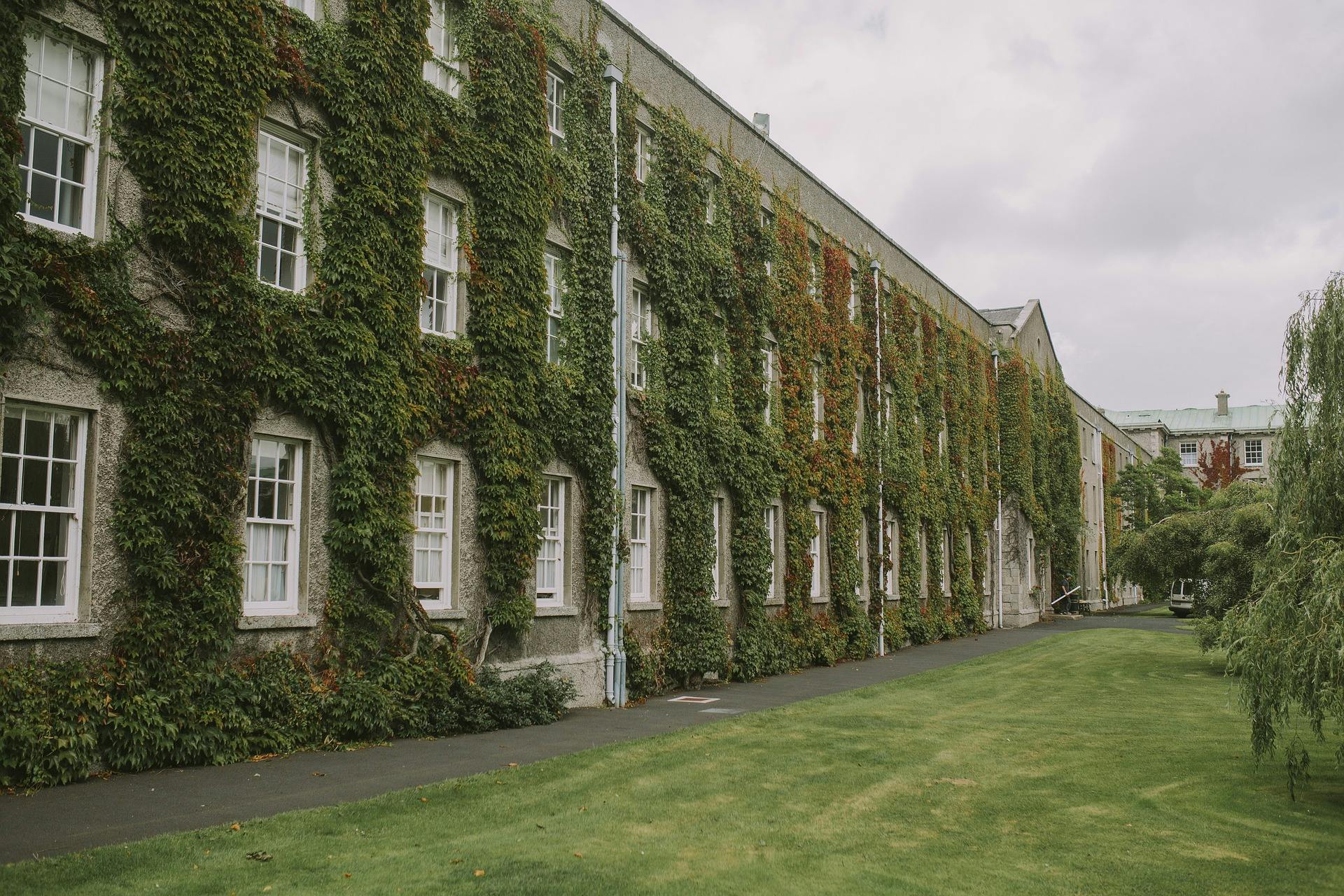The Concealed Curriculum At Elite US Institutions

Director of Institutional Effectiveness at Virginia Commonwealth University, and a Harvard alumnus herself, Rachel Gable unpacks the unspoken educational phenomenon in her new book The Hidden Curriculum.
The story starts around 2010 with the initial boom in admissions of first generation students at elite institutions. Deans and admissions officers were thrilled with this achievement, and looking to recruit more of these students. However, the success was muddled by whispers of their difficulties acclimating post-arrival.
Budding concern led a group of administrators from top universities to team up and learn why that was. Their ultimate goal was to find out how to better support these first generation and low-income students, as well as the administrative staff providing that support.
This is how the research for Gable’s book was conceived.
What is the hidden curriculum?
“It’s a term that dates back to at least the ’70s. Even post-World War II in the 1950s, social scientists were trying to identify the difference between what teachers said and did, and how students understood the unwritten rules of a classroom,” Gable explained. “This extended beyond just the classroom to include extracurricular spaces, and it actually happens on a college campus as much as it does in K-12.”
In essence, it’s the code of norms and assumptions about how things are done within a unique educational context that will never show up on a syllabus. A specific example, Gable noted, would be how to engage in office hours. At some universities, faculty require that you make an appointment by email, while some expect you to simply show up at their door with your questions within the given timeframe.
A lapse in communication such as this may not seem dire, but when you multiply it by ten, twenty, one hundred times throughout the course of a first semester… these faux pas compound in a damning way, alienating the students who most need to feel included.
It’s the students whose parents attended that same elite college or university (AKA “legacy” students), or those who previously attended prep schools, that are already accustomed to following a “hidden curriculum.” This discrepancy very clearly places first generation students at a disadvantage when it comes to navigating their experience on campus.
That being said, do these obstacles actually hinder the social mobility of first generation students despite institutional efforts otherwise? This is the primary question Gable explores in her book through the stories and insights of ninety-one first generation college students and thirty-five of their continuing generation peers at Harvard and Georgetown.
The demystification process
We’ve established that legacy students and continuing generation students have a natural propensity to follow this code. Surely they can easily verbalize it to their first generation classmates, right?
“On the one hand, [first-gen students] were less acclimated to the rules. On the other hand, they were more alert to when they broke the rules, and they were able to show what the hidden curriculum was in a much more concrete way than their continuing generation peers,” Gable said.
The problem isn’t a pervasive unwillingness of students to come to the aid of their less prepared colleagues; it’s their overall lack of familiarity with where and when aid may be necessary. As in the case of any major disconnect, the solution should be improved, earlier communication and better use of resources.
“I think that it’s very important to have older first generation students, or recent alumni, connect with first year students, or even incoming students. Empowering the first generation students on your campus by delivering solid advice is so important and underutilized.”
Additionally, Gable emphasized the importance of participation from administration in this process: “To encourage belonging on campus, you have to know the students—you need to have a better understanding of where they’re coming from. Especially at highly selective institutions, I think there’s a lot of lag between what they expect their students’ home lives and prior experiences are like, and what they’re actually like.”
“Educating faculty, staff and administrators on each incoming class is crucial,” she said. In the book she bolsters this point with examples such as one hapless interaction between a student and her faculty advisor in the first week of the school year.
The advisor asked why that student was interested in molecular biology, to which she replied that she aspired to become a neurosurgeon. They then made the assumption that her parents were doctors. Rather than allowing her to narrate, they probed her for her parents’ roles until she felt coerced into admitting that her mother was a housekeeper and her father was disabled.
“If we can educate our faculty and staff about how not to make snap judgments about students based on what they perceive the larger student population to be, I think we’ll make major headway on the hidden curriculum,” Gable remarked.
A symbiotic relationship
The late Justice Antonin Scalia infamously suggested that black students don’t belong at prestigious universities if their preparations for the advanced curriculum are inferior to those of their white peers. The late Representative John Lewis, a civil rights icon, retorted that such prejudice is what upheld segregation in schools until the ruling of Brown v. the Board of Education in 1954.
Apart from a momentous legal precedent that took centuries to set, what is lost when we strip disadvantaged students of the opportunity to attend elite institutions of higher education?
Gable said: “I currently work at a less selective institution that is very proudly first generation serving, so I’m not saying that a student cannot have an outstanding experience at this kind of school. But I think first generation students do get steered toward lower-resourced and less prestigious institutions and then have fewer opportunities for leadership.”
It’s all the more likely that these students won’t overcome their elite counterparts in the race toward positions of power like congressional seats. Thus, they’ll have less of a chance to enact large-scale change that could create more upward mobility for others like them. That said, there really is a big difference between attending a regional state school and a university like Georgetown or Harvard.
Efforts toward diversification are not a mere favor to individuals from minority demographics—they benefit everyone occupying that space. Diversity of race, gender, cultural background and experience have translated to business success in a variety of different studies. If diverse teams correlate with success in the workplace, then the argument for the added value to educational settings is a solid one.
What’s the bottom line? “Students who are talented and who have the ability to succeed at a wide variety of institutions should feel that they are welcome at those institutions regardless of their background,” Gable concluded.
Sign up for the latest news and events
More posts like this

How HBCUs are proving their worth in a wounded enrollment landscape
26th Feb 2021

A recruitment revolution: supporting first-generation students
26th Aug 2021

Keeping the 'community' in Community College
19th May 2020